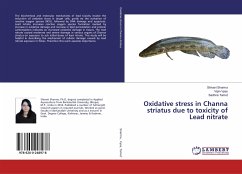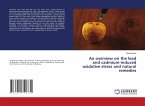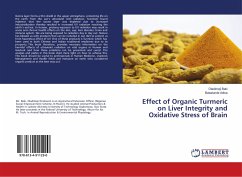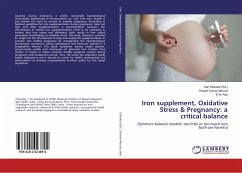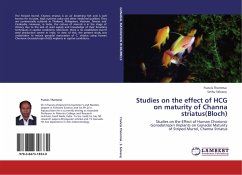The biochemical and molecular mechanisms of lead toxicity involve the induction of oxidative stress in target cells, partly via the activation of reactive oxygen species (ROS), followed by DNA damage and apoptosis. Lead nitrate increases reactive oxygen species formation marked by increase in oxidative damage and increase in lipid peroxidation and protein carbonylation indicates an increased oxidative damage in tissues. The lead nitrate caused moderate and severe damage in various organs of Channa striatus on exposure to sub lethal doses of lead nitrate. This study will be helpful in describing the mechanism of cellular damage caused by lead nitrate exposure in fishes. Therefore this work assumes importance.
Bitte wählen Sie Ihr Anliegen aus.
Rechnungen
Retourenschein anfordern
Bestellstatus
Storno

